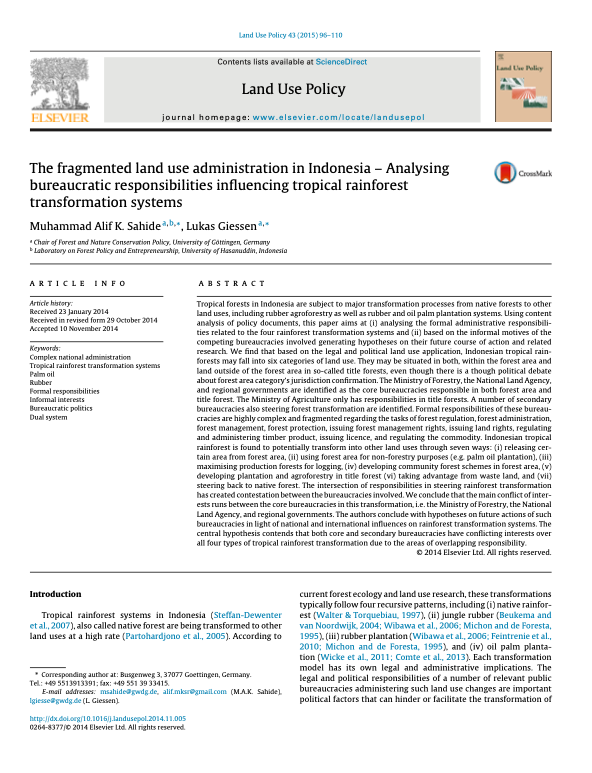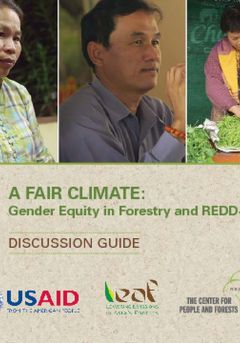Forest and Forest Land Valuation - How to Value Forests and Forest Land to Include Carbon Costs and Benefits
Presentation by Richard Meade to the AARES 53rd Annual Conference held 10-13 February 2009 in Cairns Australia.Forest and Forest Land Valuation - How to Value Forests and Forest Land to Include Carbon Costs and Benefits. forest, forest land valuation, carbon costs,








